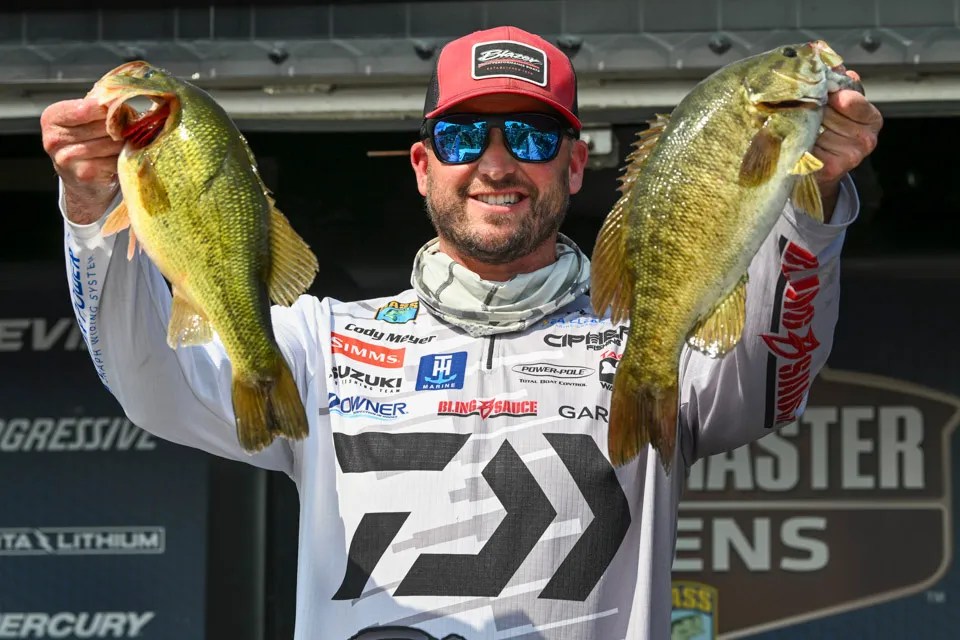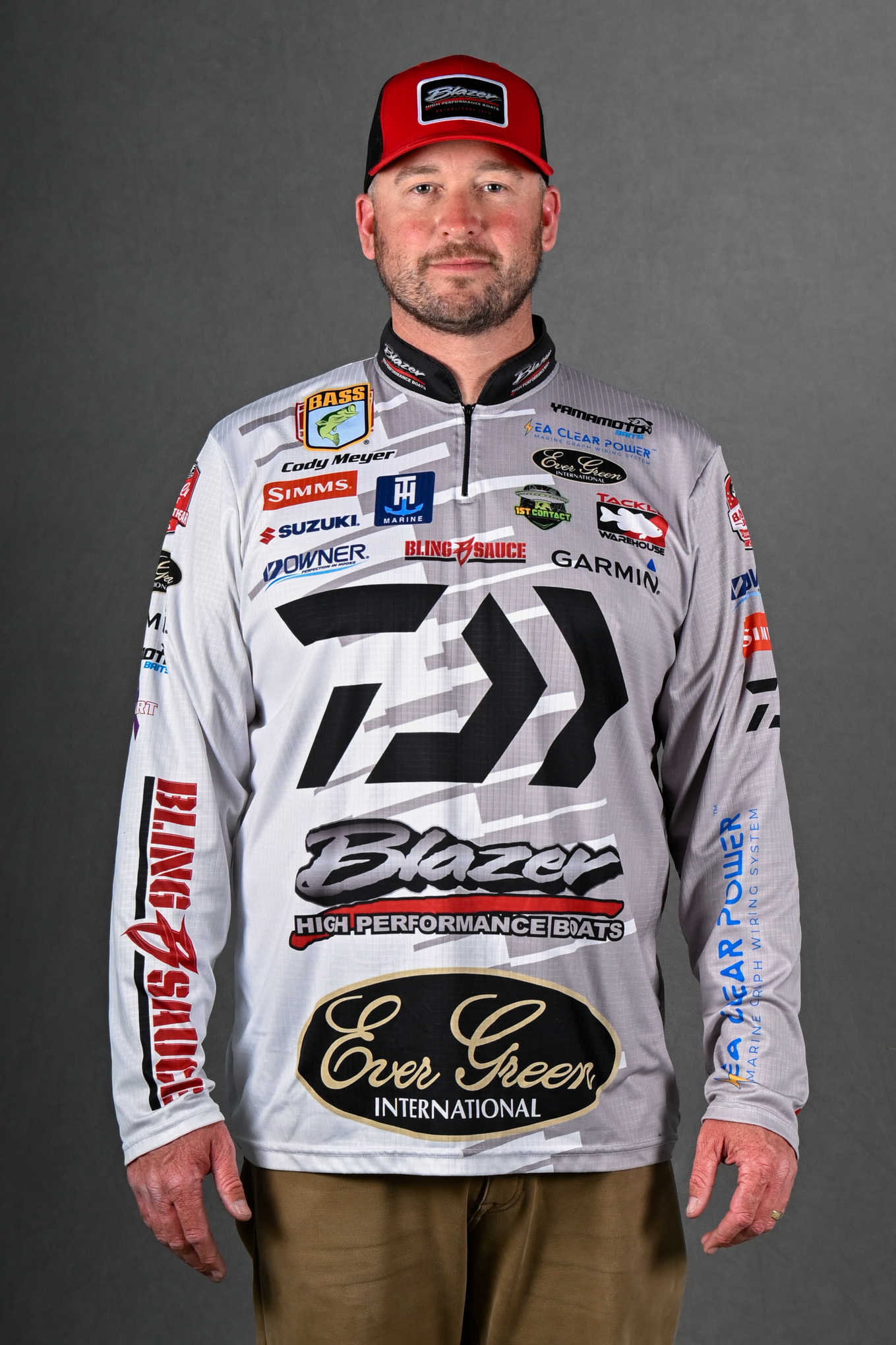
When I got to Leech Lake, Minnesota, last August for the Bassmaster Opens Elite Qualifier there, all the talk was about LiveScope, LiveScope, LiveScope. No doubt about it, forward-facing sonar has become a dominant force in bass tournament fishing.
I got sucked into believing that this technology would be my best bet for catching the big smallmouth that abound in Leech Lake. Throughout practice, I idled around offshore looking for boulders and other smallmouth habitat.
On the first day of the tournament, I struggled to get bites. I had only four bass in the livewell late in the day when I pulled up to try fishing a bank. Just offshore were 50 to 60 tournament boats. The eyes of virtually all of those anglers were fixed on their graphs.
I made a cast and got snagged. I eased up to retrieve my bait and saw 3 1/2- to 5-pound smallmouth swimming around everywhere in a foot of water. I didn’t have enough time to take full advantage of what I’d found. I finished the day an ounce shy of 18 pounds and landed in 35th place.
The next day, I ran around the lake and fished the bank anywhere I saw a cluster of boats offshore. I culled 4-pounders all day and sacked 24 pounds, one of the biggest limits of the tournament. That jumped me to fourth place.
The third day was cancelled because of the wind. I really wish I’d had another day to hammer them with a Z-Man Evergreen JackHammer ChatterBait. I’d throw it up into shallow water on 25-pound fluorocarbon, engage the reel and a smallmouth would already have it.
I don’t know how much the bass at Leech Lake had been exposed to forward-facing sonar by local anglers before we got there. But during 4 1/2 of practice, 200-plus boats were bombing the bass with sonar signals. Those fish moved up to the bank to avoid the onslaught.
Wherever I saw several boats fishing offshore, I’d go up to the bank and catch them. When I fished random banks where there wasn’t anybody fishing offshore, there weren’t any bass in the shallows.
I was worried the guys fishing offshore would see me catching bass and start fishing the bank. But even guys who were close to me completely missed what I was doing because their heads were so buried in their graphs.
At one point, one of my competitors fished really close to me while I had two 4-pounders on my balance beam. I was sure he’d see me and head for the bank. But he was so intent on his electronics he never lifted his head.
I saw a little of this phenomenon when I fished the Elite Qualifier on the Upper Mississippi River. A lot of guys were chasing bass with forward-facing sonar. I fished as shallow as I possibly could with a ChatterBait and a Senko and finished fifth.
Don’t get me wrong. I love to LiveScope. It is the easiest way to find fish, and it cuts your learning curve by more than half. But Leech Lake and the Upper Mississippi River were instances where I went back to old-school fishing, and it really paid off.
Then again, I haven’t seen where forward-facing sonar has pushed bass to the bank anywhere else. At Lake St. Clair, we were all fishing the same areas with forward-facing sonar and hammering the smallmouth. When I saw a bass with LiveScope, I could cast to it, and it would bite.
I’ve been LiveScoping since this technology has been out. I had been using it more to find underwater cover like boulders and brushpiles.
I’ve learned that many bass just roam in open water. The younger generation of anglers has figured this out. They’re dominating by catching bass that have never seen a bait.





